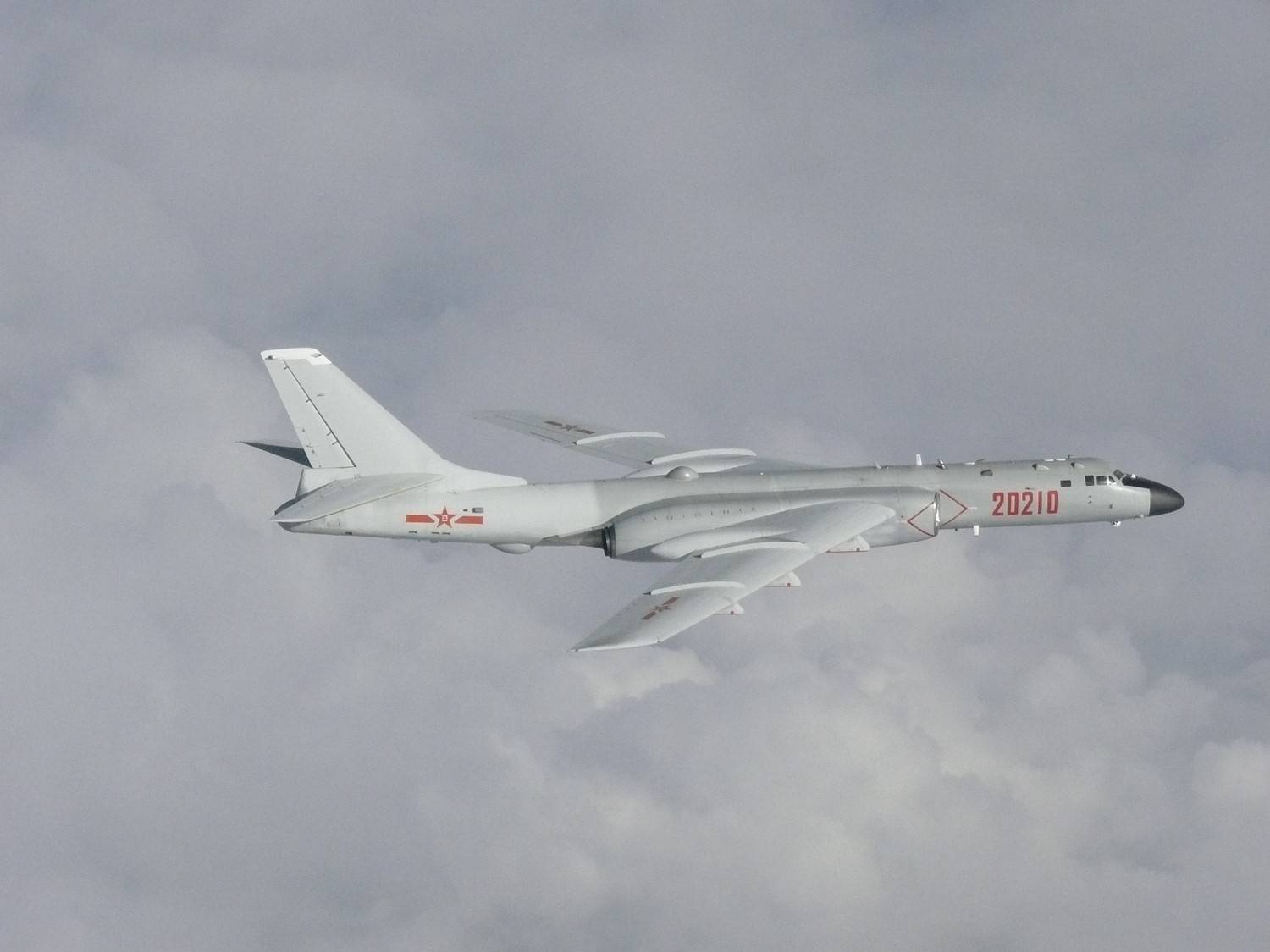China sent its largest number of warplanes into Taiwan’s air defense identification zone since October on Sunday, Taipei’s Defense Ministry announced, as a report said that Beijing had recently established a constant naval presence between southern Japan and eastern Taiwan — an area viewed as a potential future battleground.
Sunday’s incursion of 39 warplanes, mostly advanced fighter jets, was the most in a single day since China sent 56 bombers, fighters and spy planes into the ADIZ on Oct. 4. The sortie included 24 J-16 fighters, 10 J-10 fighters and one nuclear-capable H-6 heavy bomber as well as reconnaissance aircraft.
The Taiwanese Defense Ministry said in a statement late Sunday that it scrambled its own aircraft to broadcast warnings and deployed missiles to track the Chinese warplanes, which flew in the southwestern part of its ADIZ, close to the Taiwan-controlled Pratas Islands, according to a map provided by the ministry.


















With your current subscription plan you can comment on stories. However, before writing your first comment, please create a display name in the Profile section of your subscriber account page.